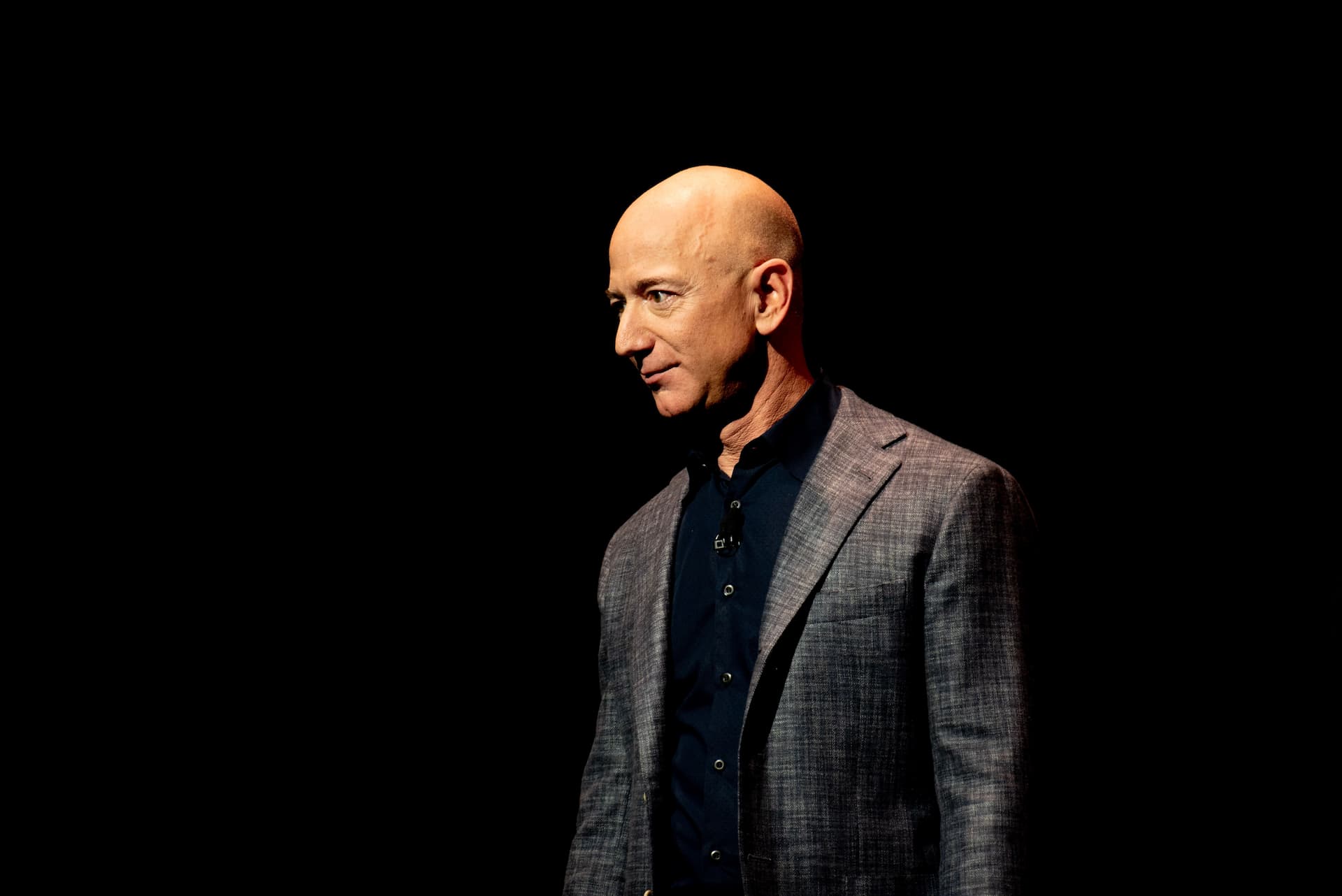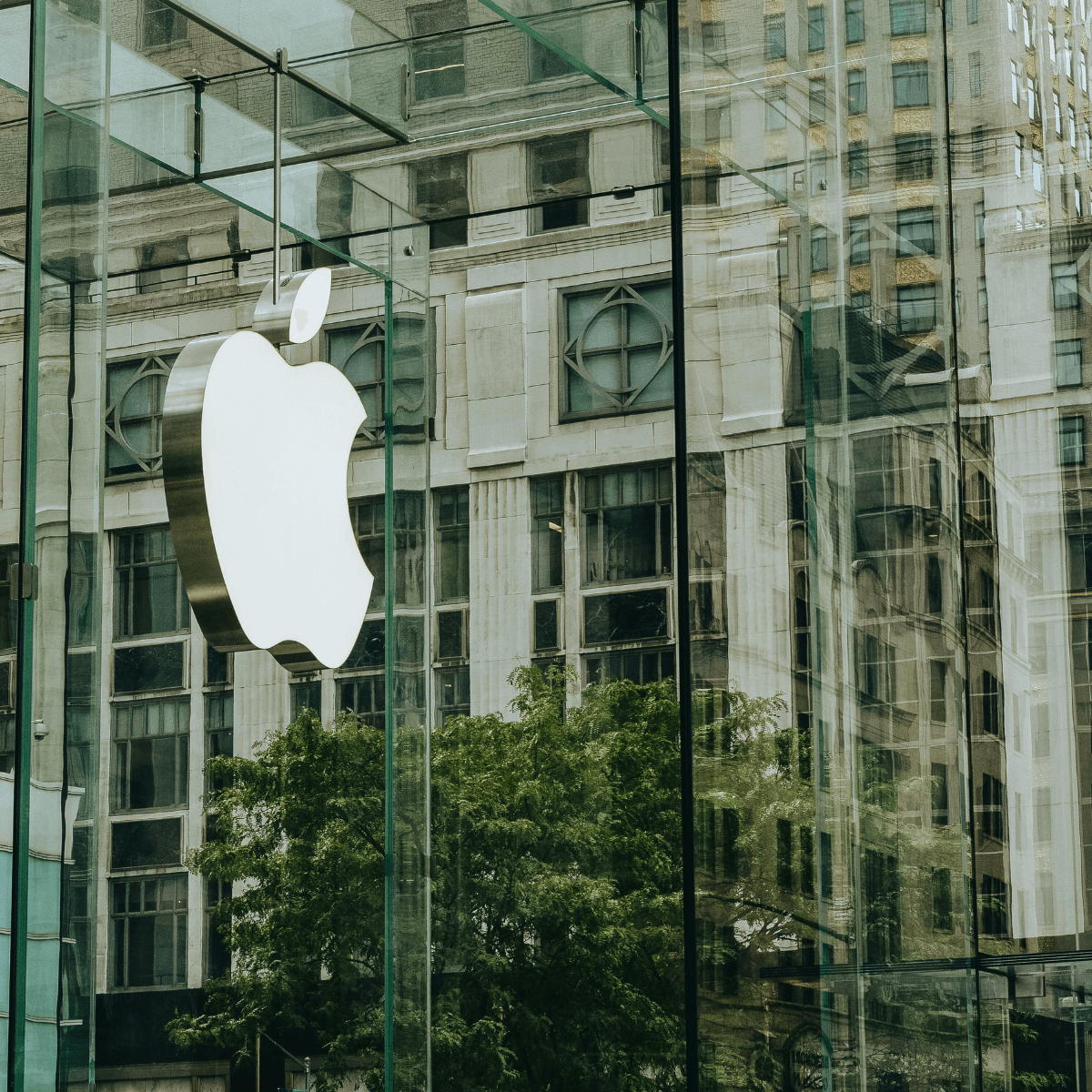Here's the thing about modern pricing: the smoke-filled backroom deals of yesteryear have been replaced by something much more sophisticated, and frankly, much harder to regulate. Across the digital economy, from your favorite shopping apps to rental platforms, pricing algorithms are quietly coordinating price increases without anyone ever having to exchange a single word.
You can also set us as a preferred source in Google Search/News by clicking the button.
For over a century, US antitrust law has operated on a simple principle: ban explicit collusion, and fair prices will naturally emerge. But that framework is crumbling in the face of algorithmic pricing systems that can achieve the same outcome through what researchers call "tacit collusion." The algorithms aren't meeting in secret rooms or exchanging coded messages - they're simply learning to maximize profits in ways that naturally lead to higher prices for everyone.
Recent research from computer scientists at the University of Pennsylvania reveals just how subtle this problem has become. In a 2019 study that's become widely cited, researchers pitted two simple learning algorithms against each other in a simulated market. Over time, each algorithm learned through trial and error to retaliate when the other cut prices - dropping its own price by disproportionate amounts. The result was high prices backed by the mutual threat of a price war, all without any explicit coordination.
"The algorithms definitely are not having drinks with each other," said Aaron Roth, a computer scientist at the University of Pennsylvania who's studied this phenomenon. But they don't need to. Through what researchers call "tit for tat" behavior, algorithms can learn that increasing prices will lead competitors to do the same, creating a self-reinforcing cycle of price increases.
The real-world implications are already playing out in courtrooms across the country. The Justice Department's August 2024 lawsuit against RealPage alleges the company created an algorithmic pricing scheme that harmed millions of American renters. According to the complaint, RealPage contracts with competing landlords who share nonpublic, competitively sensitive information about rental rates. The company's software then generates pricing recommendations based on this aggregated competitor data, effectively coordinating prices across what should be competing properties.
One RealPage executive reportedly explained to a landlord that using competitor data could help identify situations where the landlord "may have a $50 increase instead of a $10 increase for the day." Another landlord commented that RealPage's product represented "classic price fixing" : just executed through algorithms rather than backroom deals.
Meanwhile, the Federal Trade Commission's case against Amazon reveals similar patterns in e-commerce. Amazon allegedly used a secret algorithm to test how much it could increase prices while having competitors follow along. Research from Carnegie Mellon University shows how this works in practice: when sophisticated AI algorithms compete against simple rule-based algorithms, they quickly learn that increasing prices will lead competitors using those simple algorithms to do the same.
What makes this particularly challenging for regulators is that this behavior often looks reasonable from the outside. "You can still get high prices in ways that kind of look reasonable from the outside," said Natalie Collina, a graduate student working with Roth who co-authored recent research on the topic. The algorithms are simply optimizing for profit within the constraints they're given - they're not explicitly programmed to collude.
The problem is intensifying as AI becomes more sophisticated. A 2024 study found that when pricing algorithms leverage large language model technology, they effectively learned to "collude in oligopoly settings to the detriment of consumers", even though none of the models used in the research explicitly or implicitly mentioned price collusion.
This creates a fundamental challenge for antitrust enforcement. Traditional approaches rely on finding explicit collusion, but algorithmic coordination happens through learning and adaptation rather than direct communication. As one researcher put it, establishing collusion requires regulators to demonstrate that coordination among competitors directly contributed to elevated prices, something that's incredibly difficult when the coordination happens through algorithmic learning rather than human communication.
Businesses themselves are grappling with the implications. A survey of more than 70 business managers with pricing oversight found significant unease about using pricing algorithms, not because they misunderstand the benefits, but because of "negative perceptions surrounding pricing algorithms, such as reduced transparency and managerial control, along with negative consumer perception."
The legal landscape is starting to adapt, albeit slowly. The Justice Department has made clear that "using software as the sharing mechanism does not immunize this scheme from Sherman Act liability," and legislators have introduced bills like the Preventing Algorithmic Collusion Act to address these new forms of coordination.
But the fundamental problem remains: game theory shows that in competitive markets, algorithms will naturally learn to coordinate prices in ways that maximize profits. The question isn't whether this is happening - the research suggests it already is. The real question is whether our century-old antitrust framework can adapt quickly enough to address this new reality before algorithmic price coordination becomes the new normal across every sector of the digital economy.













